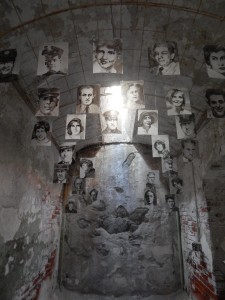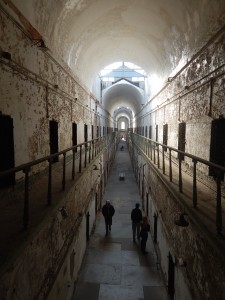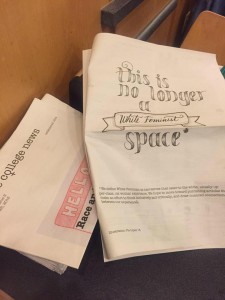I came across a few questions and observations in looking over the William Way Center’s Collection Development Policy in relation to the Radical Archives and the New Cycles of Contention.
I feel like comprehensiveness in an archive is a hard thing to grasp or even strive for. Won’t there always be gaps that you can’t fill in? Is anything really comprehensive? Even if you feel the archive is comprehensive, clearly silences will arise when the archive is examined, even with an effort to collect comprehensively there will be a specific narration of the events documented.
How do you go about collecting digital-born material, especially when much of it is not very typical (e.g. Snapchat and Twitter etc.)? Snapchat is a growing media outlet in our society with ‘snap stories’ of big events such as political debates, and even news outlets that have their own snap stories. Presumably the more official snap stories, like that of the Wall Street Journal are saved in some capacity. But personal snap stories, and personal snaps only last so long (anywhere from 1 second to a day), as far I understand they are kept in storage by Snapchat but they can document first-person impressions of important events around the world, including events we may not know are even important. In the future who knows what will happen to these millions and billions and trillions of pictures of the documentation of life. Snapchats could be very important to the future of archives, but how do we make sure that they get documented by more than just the Snapchat server? It will be interesting to see, since most things in archives are currently given as donations. Digitally that seems harder to do–would a grab what you can policy be put in place with more public platforms like Twitter? More private communications like Twitter Direct Messages and the more traditional email are still subject to the need of being donated, but what happens when you don’t even have a saved version of what you would like to donate? Many Snapchat users do not save the things they send and thus their content is lost to the infinite server of whatever was sent on Snapchat that day. Many users don’t read the terms and conditions, they assume will be lost to time and eternity with nobody looking on after the sent photo. Some articles have revealed that Snapchat does not simply lose the photo forever, it is saved in their servers. How will access to these servers be implemented in the future? Will it be?





